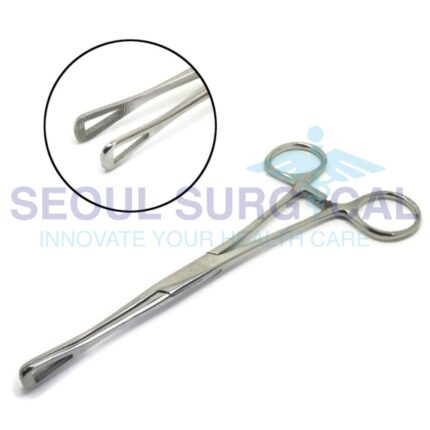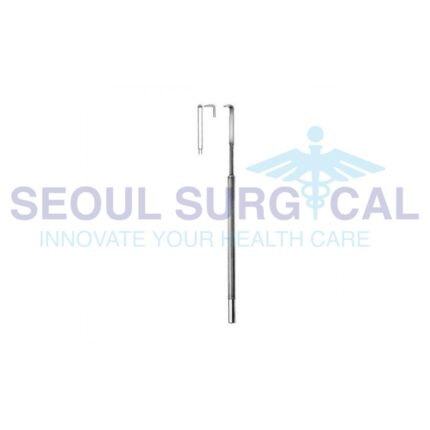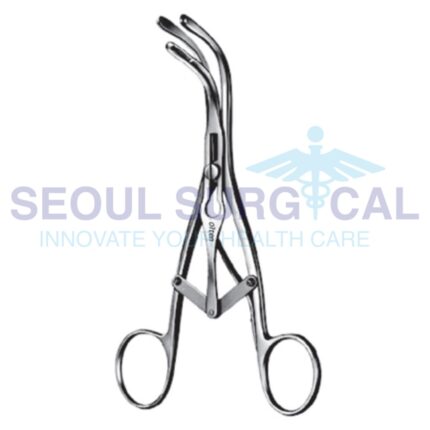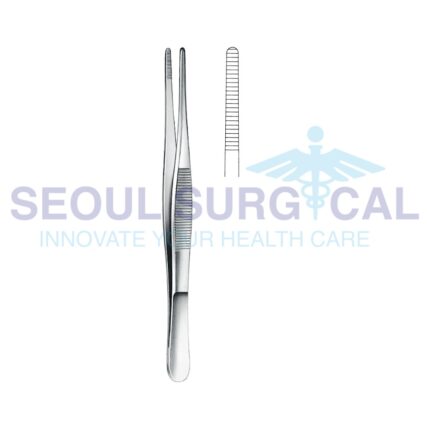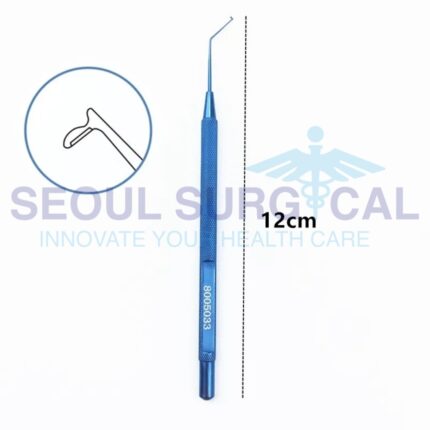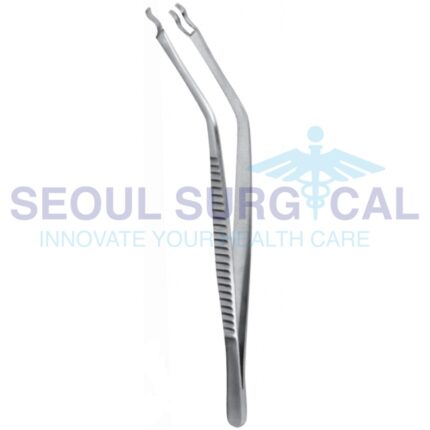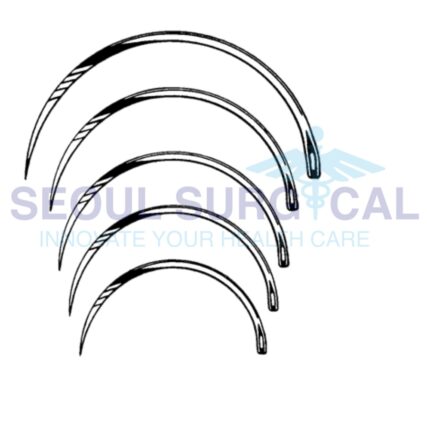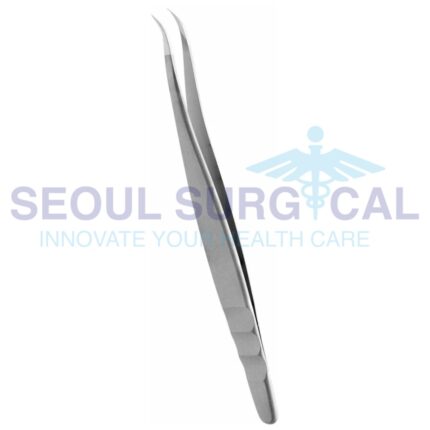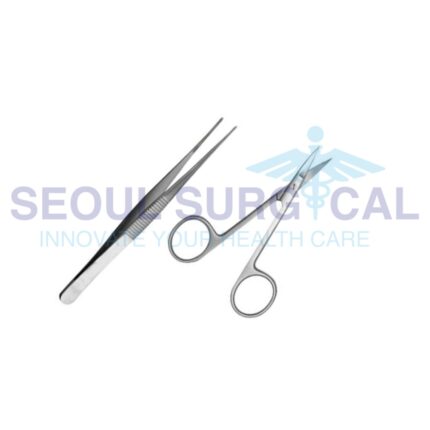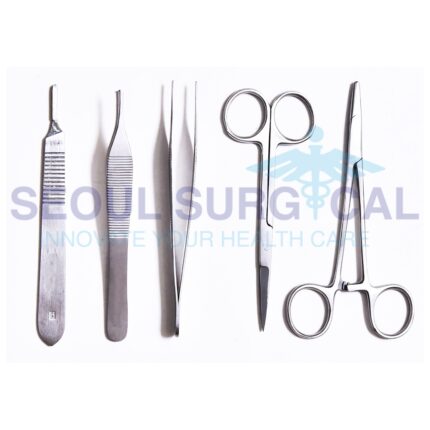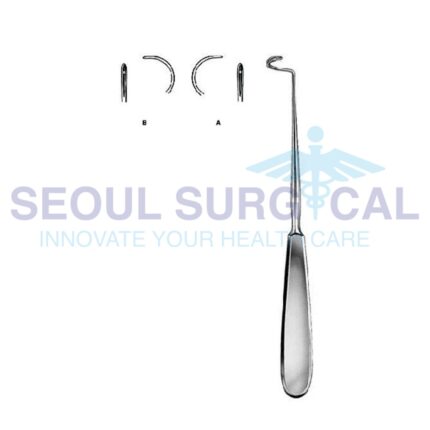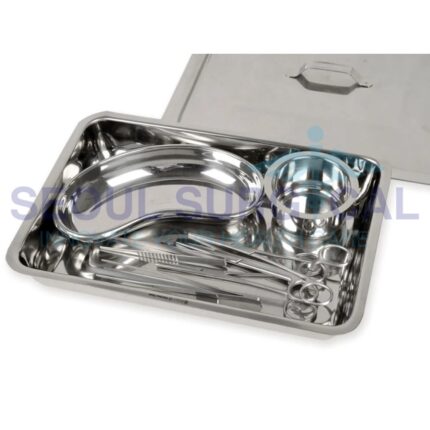Surgical Sponge Mastery: A Guide to Precision with Specialized Forceps
These forceps are typically made of high-quality surgical stainless steel to ensure durability and resistance to corrosion. The serrated jaws of the forceps provide a secure grip on the sponge, preventing accidental slippage during surgery. Proper sterilization procedures are followed before and after each use to maintain aseptic conditions in the operating room.
Sponge forceps are an essential part of the surgical toolkit, contributing to the efficiency and safety of various surgical procedures by aiding in the management of surgical sponges and maintaining a sterile environment.
Surgical Symphony: Tonsillectomy and Laryngo Instruments Orchestrating Precision in ENT Surgery
The Art of Airway Management: A Closer Look at Tracheotomy in Medical Practice
Tracheotomy is a well-established and potentially life-saving procedure performed by trained healthcare professionals. It is commonly done in a controlled medical setting, and postoperative care is crucial for the well-being of the patient. The decision to perform a tracheotomy is based on the specific medical needs of the individual patient.
The Art of Care: A Closer Look at Modern Dressing Forceps in Medical Practice
Dressing forceps play a crucial role in maintaining aseptic conditions during medical procedures, especially during wound dressing changes. They are used by healthcare professionals in various specialties, including general surgery, orthopedics, dermatology, and wound care. Proper handling and sterilization of dressing forceps are essential to prevent infections and ensure patient safety. The choice of dressing forceps depends on the specific requirements of the procedure and the preferences of the healthcare provider.
The Art of Clear Vision: A Closer Look at Modern Surgical Retractors in Practice
Retractors are critical tools in various surgical specialties, and the choice of a retractor depends on the specific requirements of the procedure, the anatomy of the surgical site, and the surgeon's preferences. Proper use of retractors helps ensure a clear surgical field, optimal exposure, and precise surgical maneuvers.
The Art of Closure: A Closer Look at Modern Needles and Suture Materials in Surgery
It's important for healthcare professionals to choose the appropriate needle and suture material based on factors such as the type of tissue being sutured, the location of the wound, and the overall surgical goals. Proper technique in needle handling and suturing is essential for achieving effective wound closure and optimal healing outcomes.
The Art of Delicacy: A Closer Look at Modern Microscopic Forceps in Surgical Practice
Microscopic forceps play a crucial role in microsurgery, including procedures such as ophthalmic surgery, vascular anastomosis, nerve repair, and other intricate surgeries performed under a microscope. The fine manipulation and control provided by these forceps contribute to successful outcomes in delicate and challenging procedures. The choice of microscopic forceps depends on the specific requirements of the surgical procedure and the surgeon's preferences for handling small tissues with precision.
The Art of Dermatologic Care: A Closer Look at Modern Instruments in Dermatology
The Art of Detection: A Closer Look at Modern Diagnostic Instruments in Medical Practice
The Art of Facial Restoration: A Closer Look at Modern Oral Maxillofacial Procedures
Oral and maxillofacial surgeons work closely with other medical and dental professionals to provide comprehensive care for patients with complex oral and facial conditions. The field involves a combination of surgical expertise, dental knowledge, and a deep understanding of the intricate anatomy of the face and jaws. Patients may be referred to oral and maxillofacial surgeons by general dentists, orthodontists, or other healthcare providers when specialized surgical care is required.

